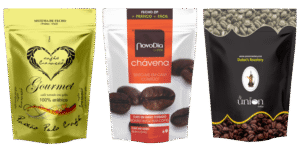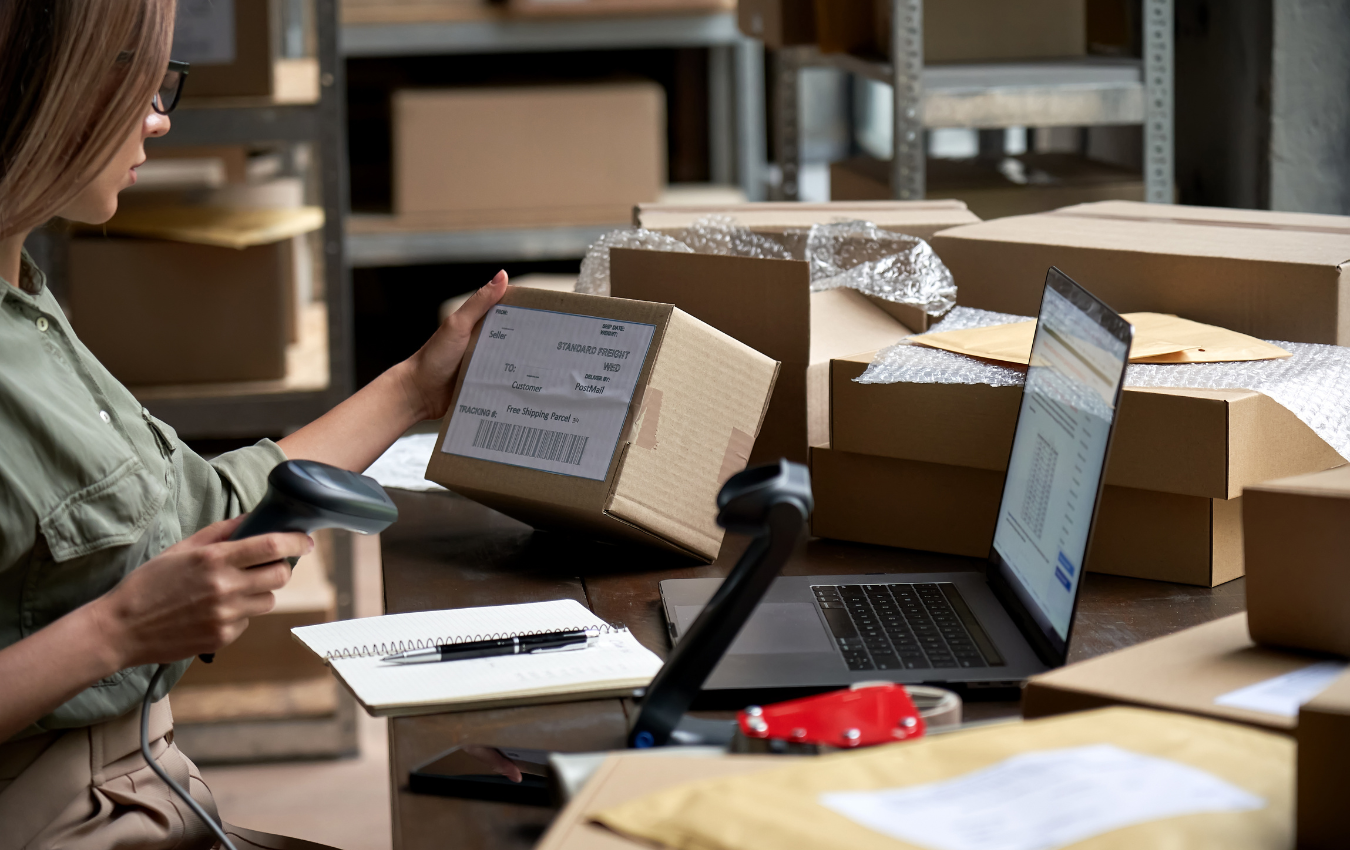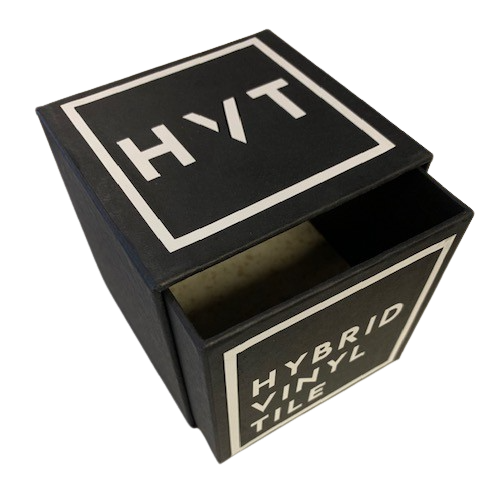Home » Improve Packaging with Consumer Feedback
Improve Packaging with Consumer Feedback
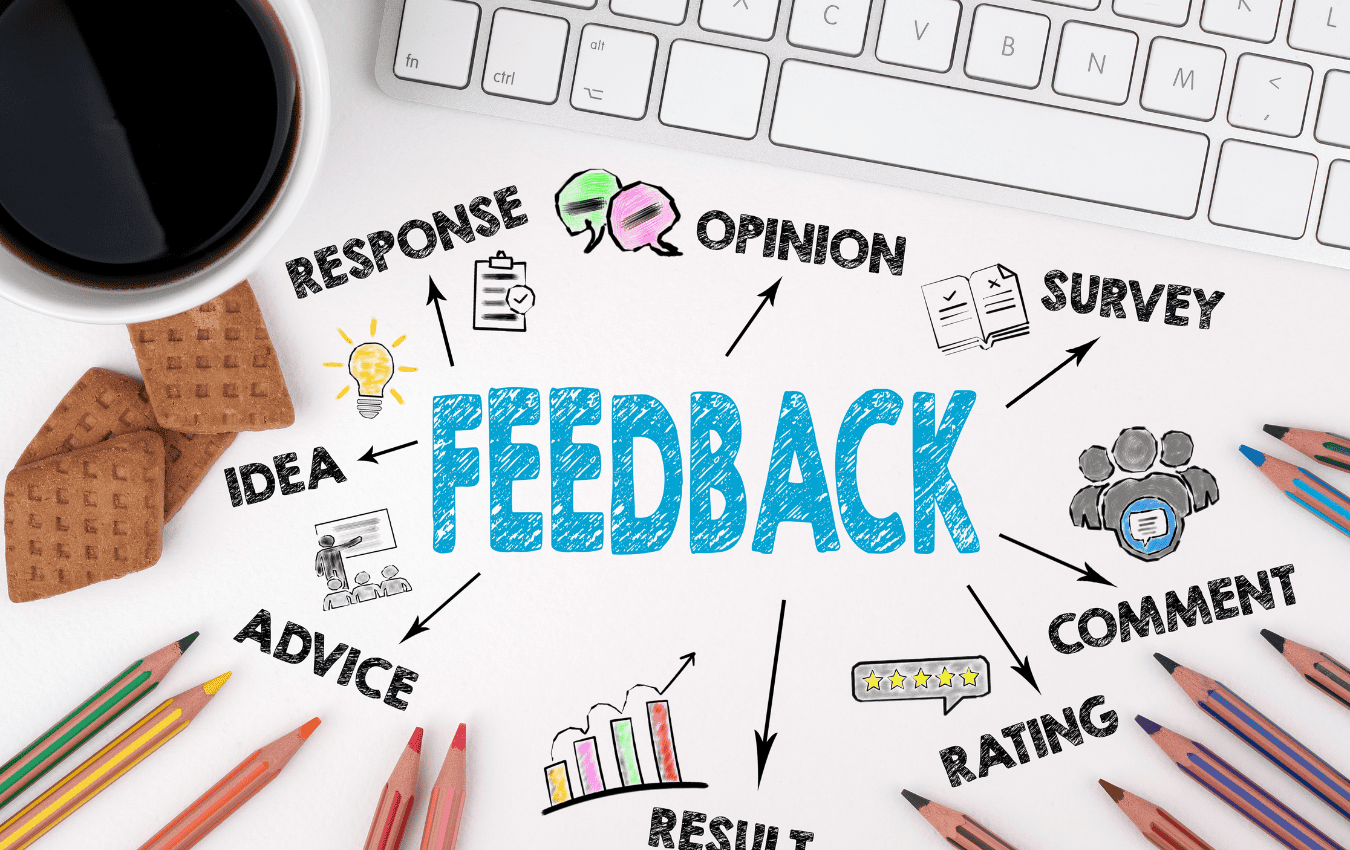
Your customers are constantly giving you clues—through reviews, support tickets, returns, and even social media posts. If you’re listening closely, you’ll find that consumer feedback offers some of the most valuable insight for improving your packaging.
Whether it’s complaints about difficult openings, praise for branding, or confusion over labeling, feedback gives you a roadmap to refine how your packaging looks, feels, and performs.
Here’s how to take that feedback and translate it into smart, impactful packaging upgrades.
Identify the Right Feedback Channels
Start by gathering feedback from multiple sources, not just one review site. Look at:
- Product reviews on your website or marketplaces
- Customer service complaints or return reasons
- Social media comments and tagged posts
- Survey responses or post-purchase follow-ups
- Unboxing content (YouTube, TikTok, Instagram)
Patterns will emerge—maybe people love your branding but hate the tape, or maybe they’re confused about what’s recyclable. The most common themes are often the most urgent opportunities.

Categorize Feedback Into Packaging Functions
Group comments into categories to make analysis easier:
- Structural Issues (box damage, hard to open, poor fit)
- Protection (product arrives broken, loose in box, no cushioning)
- Aesthetics (boring design, unclear branding, inconsistent colors)
- Sustainability (too much material, non-recyclable, greenwashing concerns)
- Informational (unclear labels, missing instructions, confusing claims)
This helps you prioritize: for example, protection and functionality should be addressed before aesthetics.
Use Insights to Guide Design Improvements
Once you know what needs work, here’s how to apply it:
- If products are shifting in transit → consider custom inserts or right-sized boxes
- If boxes are getting crushed → upgrade to stronger board grades or better fluting
- If customers struggle to open boxes → rethink the closure mechanism or add easy-tear strips
- If labels are unclear → work with your designer on cleaner hierarchy and compliant information
- If you’re getting sustainability pushback → explore recyclable, paper-based alternatives
These changes don’t have to be dramatic. Even small updates based on customer input can make a major impact on satisfaction and repeat purchase.
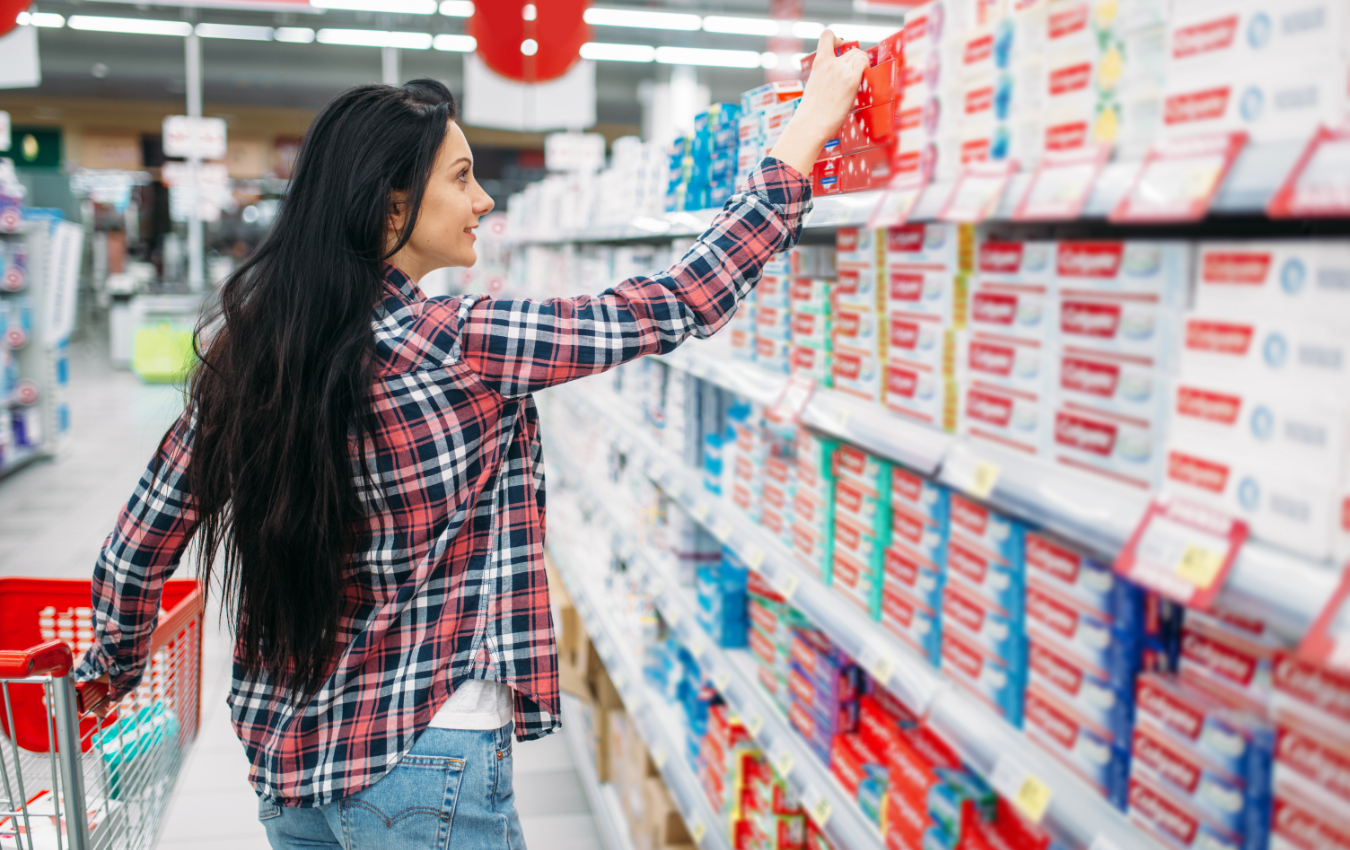
Test Improvements With Your Audience
If you’re considering a new structure, insert, or material, roll it out to a test group or limited SKU first. Then follow up with:
- Direct surveys asking what they noticed
- A/B testing packaging variants in e-commerce
- Tracking returns, complaints, or shipping damage before and after the update
This helps you verify whether the changes are actually solving the problems—before applying them at scale.
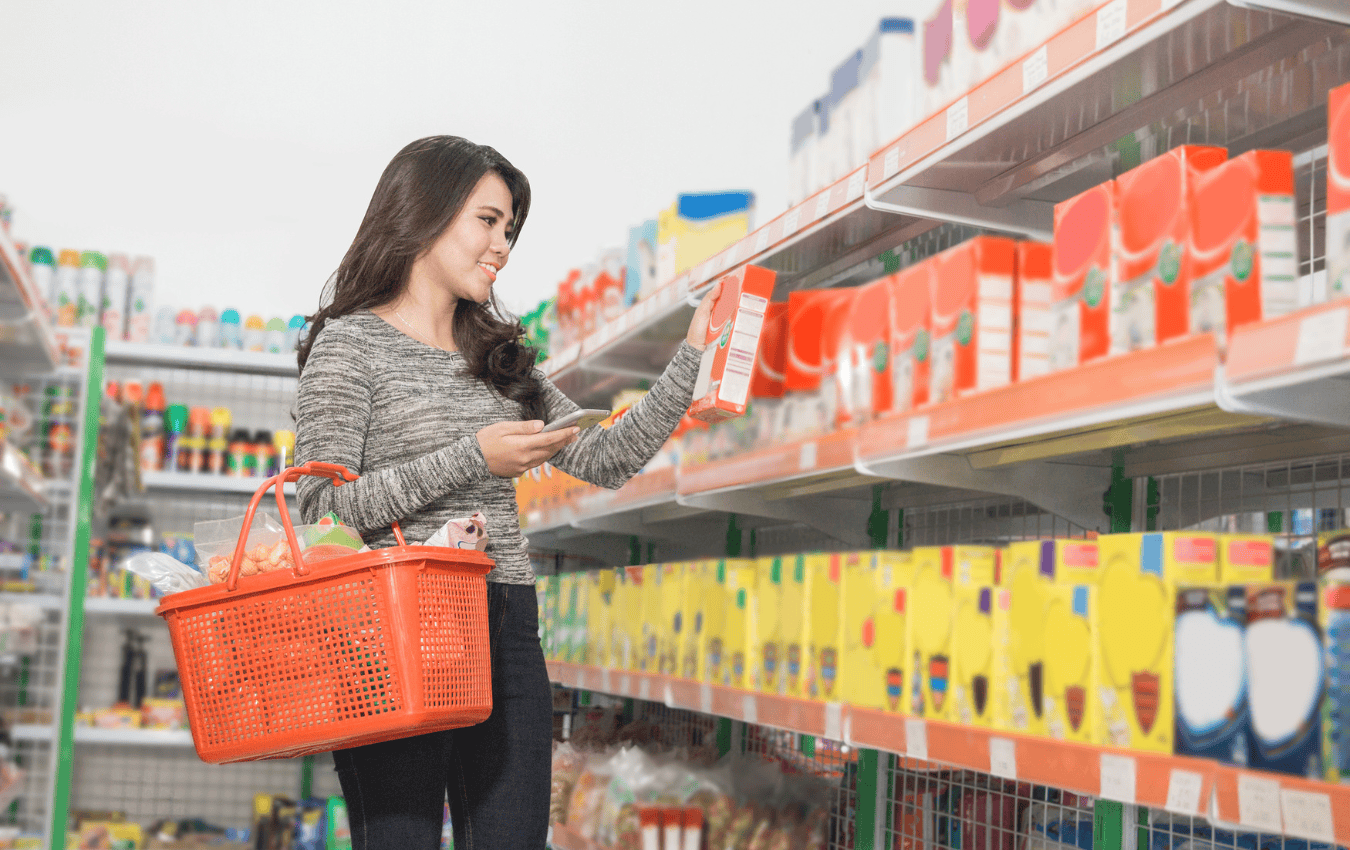
Close the Loop With Your Customers
When you improve packaging based on feedback, tell people. It builds loyalty and shows your brand listens.
Examples:
- “New easy-open design based on your reviews.”
- “Now 100% recyclable thanks to your input.”
- “Improved protection to prevent transit damage—just like you asked.”
Customers love knowing their voice matters—and packaging updates are a great way to prove it.
Final Thoughts
Great packaging isn’t just designed—it’s refined through experience and feedback. By paying attention to what your customers say (and don’t say), you can build packaging that performs better, tells your brand story more clearly, and keeps customers coming back.
Need help turning your customer feedback into better packaging?
We’ll help you review real comments, audit your current packaging, and deliver a solution that checks all the boxes—yours and theirs.
In the retail environment, the placement of Point of Purchase (POP) displays is just as critical as their design and content. Strategic positioning can significantly influence consumer behavior, increase product
Choosing the right foam density isn’t about “soft” versus “hard” — it’s about controlling shock transmission and matching the foam’s cushioning curve to the product’s fragility. Using the wrong density
Moisture resistance and dimensional stability are critical performance factors for custom inserts, especially when products are shipped or stored in variable climates. Both foam and corrugated materials react differently to
Sustainability in pet food packaging is not just about recyclability—it’s about reducing environmental impact across the entire lifecycle. For products with high barrier needs like dry kibble, wet food, and
Home » Improve Packaging with Consumer Feedback


